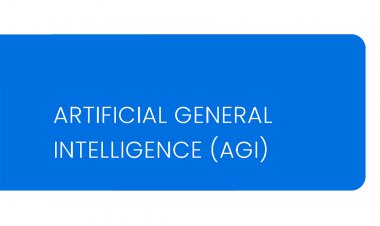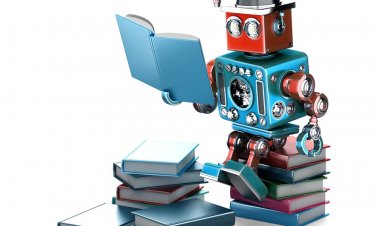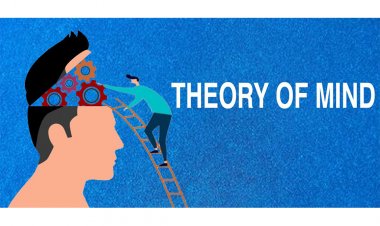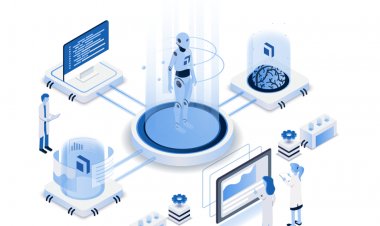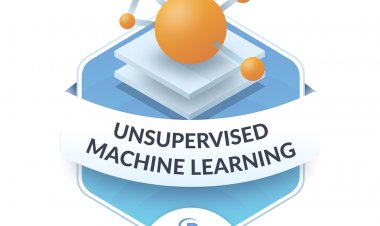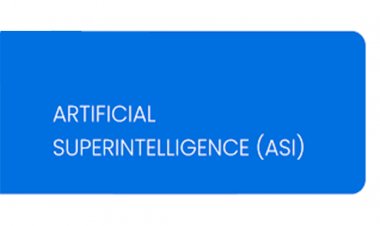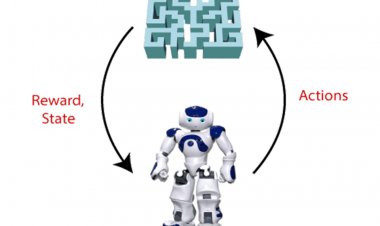Artificial Intelligence
Artificial intelligence (AI) is a method of teaching our machines to think like humans. Conversational Artificial Intelligence is used to enhance a computer's thinking, learning, language comprehension, and problem-solving abilities.
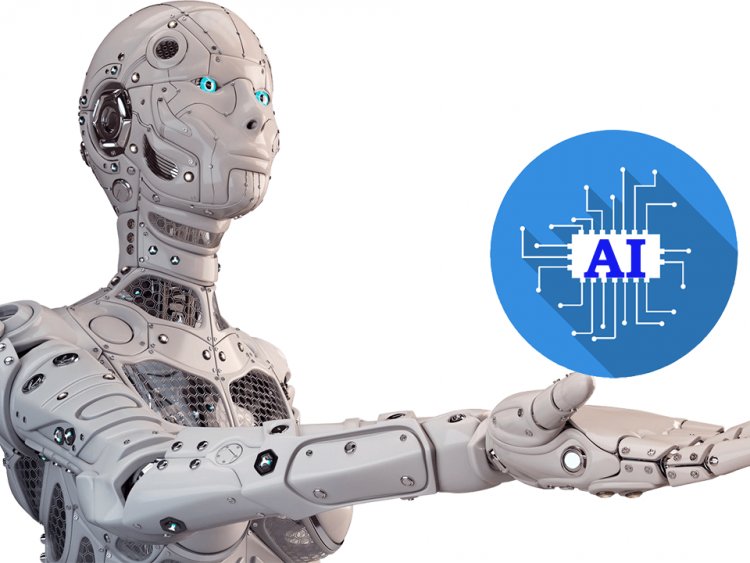
Introduction:
Artificial intelligence is educating your machine, computer, robot, or product to think like a person, on the basis of that reasoning, to act like a human. This is all done by specialized algorithms that you train your computer with. The goal of Artificial Intelligence is to increase a computer's capabilities related to human knowledge, such as perception, reasoning, learning, language understanding, and problem-solving. This is feasible through the use of several disciplines such as Mathematics, Biology, Psychology, Sociology, Computer Science, Neuron Study, and Statistics.
What is artificial intelligence?
Artificial intelligence refers to a computer or a robot that is programmed or controlled by a computer to act, think, and behave like a person under particular conditions. We may also conceive of a machine in the sense that if a human encounters these situations, how would he or she respond to them in light of their individual circumstances?
AI is not a stand-alone technology. It is a catch-all word for any form of software or hardware component that supports machine learning, computer vision, NLU (Natural Language Understanding), and NLP (Natural Language Processing).[1]
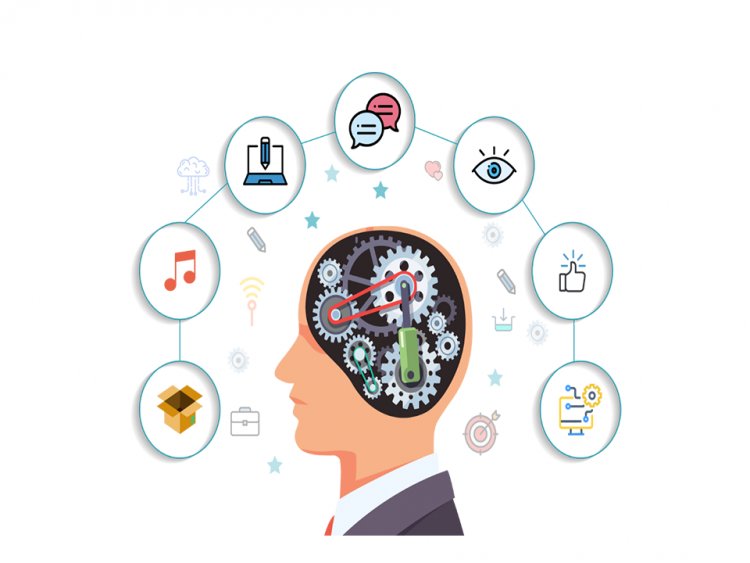
What is the background of AI?
Christopher Strachey created the first effective AI software in 1951, the director of the programming research group at the University of Manchester, England, was recently at the University of Oxford.
Who was the father of AI?
The father of AI, John McCarthy, were to develop a new term for "artificial intelligence" today, he would surely use "computational intelligence." McCarthy is not only known as the "Father of AI," but he is also the creator of the Lisp (list processing) programming language. [2]
What are the Approaches of AI?
There are four main approaches to AI.
- Thinking humanly
- Thinking rationally
- Acting humanly
- Acting rationally
Think Humanly:
Here, the first approach of AI means that the machine must think like a human being about how the human mind works and also try to understand the model of the human mind.
Thinking rationally:
The second approach requires the machine to consider how to achieve the goal in which it believes.AI uses symbolic logic to capture the laws of rational thought as symbols that can be manipulated.
Humanity in Action:
After thinking, the machine must act like a human mind, therefore if a human encounters a given difficulty, what should his or her behavior be?
Rationality in Action:
The fourth method is the study of rational agents, such as agents who maximize the predicted value of their performance measure given their present knowledge.
These first two techniques are only concerned with an agent's thinking. The last two are connected to the agent's behavior.
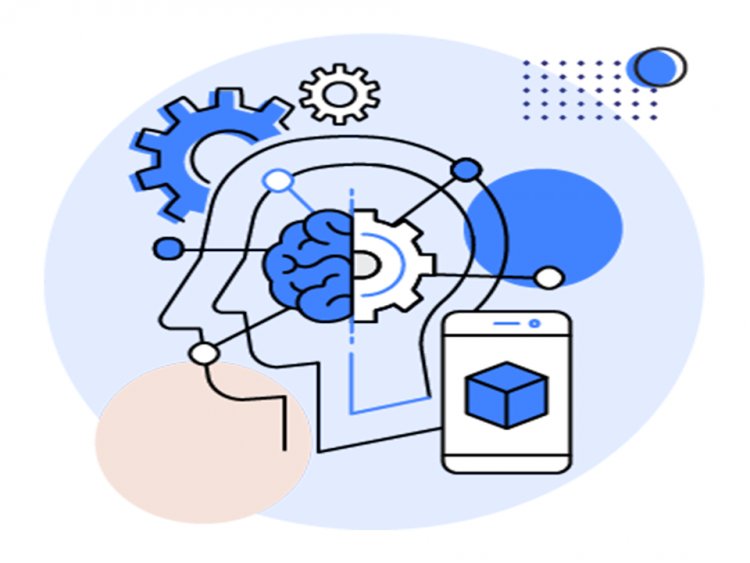
What are the types of AI?
There is various type of Artificial intelligence but mainly it is divided into two types as listed below:
- Type 1
- Type 2
There are three types of type 1 of AI as listed below based on the capabilities:
There are four types of type 2 of AI as listed below based on the functionalities:
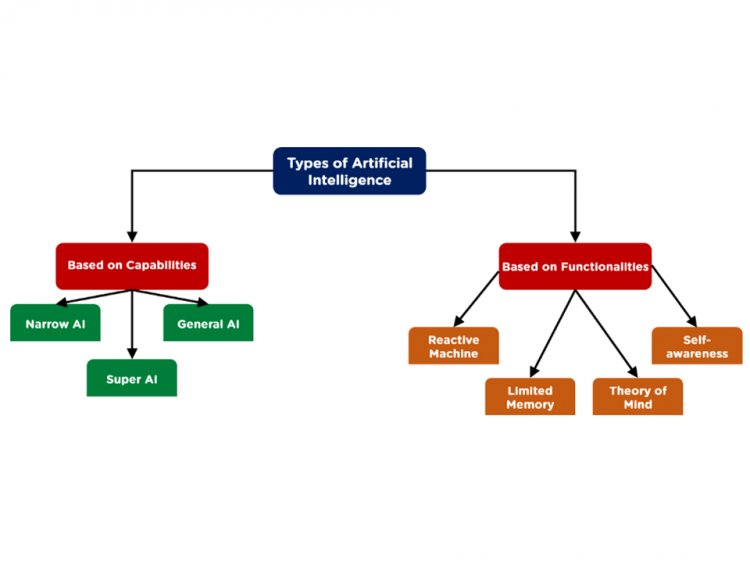
When scientists will be able to construct universal AI remains a fiercely debated topic, with some predicting it as soon as 2040 and others predicting it would be generations away due to a lack of understanding of the human brain.
What are the Advantages of the AI?
- Human Error Reduction
It has the potential to drastically reduce mistakes while increasing accuracy and precision.
- There are no risks
Humans can avoid numerous hazards by delegating tasks to AI robots.
- Availability around the clock
AI can work indefinitely with no breaks. They can even tackle onerous, repetitive tasks with the assistance of AI algorithms.
- Digital Help
Almost all large organizations now utilize digital assistants to connect with their consumers, considerably reducing the requirement for human workers.
- Inventions that are novel
Innovations in nearly every discipline have aided in the development of new inventions to address challenging issues.
- Decisions That Aren't Influenced
Humans are motivated by emotions. But robots are practical.
Conclusion:
AI increases the productivity of our workplace. We can rely less on human resources by teaching the robot. AI makes human life considerably simpler since robots can operate without danger, with less effort, with digital assistance, and work practices, not emotionally, and are available 24 hours a day, seven days a week. Robots can perform tasks at a faster rate than humans. AI also makes it much easier to communicate with friends and use email programs.
- Artificial Intelligence (AI). 7 October 2021; Available from: https://www.techopedia.com/definition/190/artificial-intelligence-ai#what-are-the-4-types-of-ai-and-how-do-they-differ.
- CHAKRABORTY, M. KNOWING JOHN MCCARTHY: THE FATHER OF ARTIFICIAL INTELLIGENCE. 1 March 2021.; Available from: https://www.analyticsinsight.net/knowing-john-mccarthy-the-father-of-artificial-intelligence/.
- Available from: https://www.business-standard.com/about/what-is-artificial-intelligence#collapse.

 admin
admin 






